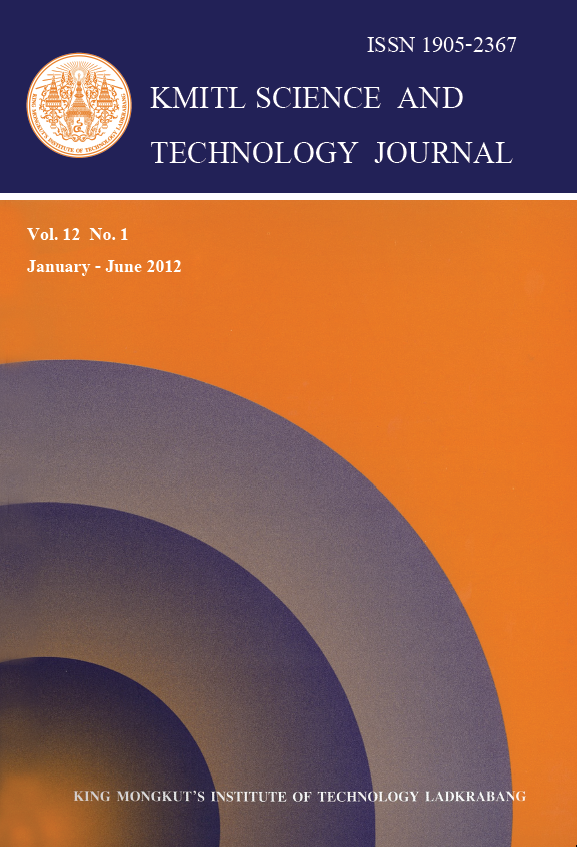Multivariate statistical techniques, such as cluster analysis (CA), discriminant analysis (DA), principal component analysis (PCA), and factor analysis (FA) were applied to evaluate temporal and spatial variations of water quality and to identify potential pollution sources of U-tapao River Basin (URB). A large set of water quality data were collected from 21 monitoring stations of river during five years (2007-2011) and analyzed for 12 parameters. Hierarchical cluster analysis grouped 21 sampling sites into three clusters, relatively less polluted (LP), medium polluted (MP) and highly polluted (HP) sites, and based on the similarity of water quality characteristics. From DA, five significant parameters including temperature, pH, dissolved oxygen, fecal coliform bacteria and ammonia were identified with correctly assign about 69.6% for the temporal variation and four significant parameters temperature, pH, dissolved oxygen and ammonia with correctly assign about 63.3% for the spatial variation. PCA/FA, applied to analyze the data sets of the three different groups obtained from cluster analysis, resulted latent factors accounting for 75.16%, 76.01% and 70.51% of the total variance in water quality data sets of LP, MP and HP areas and also accounting for 72.97% and 71.51% of the total variance in water quality data sets of wet and dry seasons respectively. The PCA/FA assisted in extracting and recognizing the factors responsible for spatial and temporal variations and indicated that the parameters for water quality variations are mainly related to organic pollutants and showed that agriculture and urban activities were the major pollutant sources.
Keywords: Multivariate statistical techniques, Surface water quality, U-tapao River Basin, Water pollution
E-mail: uhugua@hotmail.com
Gyawali, S. ., Techato*, K. ., Yuangyai, C. ., & Monprapusson, S. . (2018). Evaluation of Surface Water Quality using Multivariate Statistical Techniques: A Case Study of U-tapao River Basin, Thailand. CURRENT APPLIED SCIENCE AND TECHNOLOGY, 7-20.

https://cast.kmitl.ac.th/articles/136294